Growing Focus on Personalized Medicine
The Computer Vision in Healthcare Market is witnessing a growing focus on personalized medicine, which is reshaping treatment paradigms. Computer vision technologies play a crucial role in analyzing patient-specific data, enabling tailored treatment plans that enhance therapeutic efficacy. For instance, the ability to analyze genetic information alongside imaging data allows for more precise targeting of therapies. This trend is expected to drive the market, with projections indicating a potential market value of USD 1.8 billion by 2026. The shift towards personalized medicine underscores the importance of computer vision in developing innovative healthcare solutions that cater to individual patient needs.
Rising Demand for Early Disease Detection
The Computer Vision in Healthcare Market is experiencing a notable surge in demand for early disease detection technologies. This trend is largely driven by the increasing prevalence of chronic diseases and the need for timely interventions. For instance, the ability of computer vision systems to analyze medical images with high accuracy allows for the early identification of conditions such as cancer and cardiovascular diseases. According to recent estimates, the market for computer vision applications in diagnostics is projected to reach USD 2 billion by 2026, reflecting a compound annual growth rate of approximately 30%. This growing emphasis on early detection is likely to propel investments in computer vision technologies, thereby enhancing the overall capabilities of healthcare providers.
Advancements in Machine Learning Algorithms
The Computer Vision in Healthcare Market is significantly influenced by advancements in machine learning algorithms. These innovations enhance the ability of computer vision systems to interpret complex medical data, leading to improved diagnostic accuracy and patient outcomes. For example, deep learning techniques have shown remarkable success in image recognition tasks, enabling systems to detect anomalies in radiological images with unprecedented precision. As a result, healthcare institutions are increasingly adopting these technologies, which are expected to account for a substantial portion of the market, estimated at USD 1.5 billion by 2025. The continuous evolution of machine learning algorithms suggests that the potential for further enhancements in computer vision applications remains vast.
Increased Investment in Healthcare Technology
The Computer Vision in Healthcare Market is benefiting from increased investment in healthcare technology. Governments and private entities are recognizing the transformative potential of computer vision applications in improving patient care and operational efficiency. Recent funding initiatives have led to the development of cutting-edge solutions that leverage computer vision for tasks such as surgical assistance and remote monitoring. As a result, the market is projected to grow significantly, with estimates suggesting a value of USD 3 billion by 2027. This influx of capital is likely to accelerate the adoption of computer vision technologies, further solidifying their role in the future of healthcare.
Integration with Electronic Health Records (EHR)
The integration of computer vision technologies with Electronic Health Records (EHR) is emerging as a pivotal driver in the Computer Vision in Healthcare Market. This integration facilitates seamless data exchange and enhances the efficiency of clinical workflows. By incorporating visual data analysis into EHR systems, healthcare providers can access comprehensive patient information, leading to more informed decision-making. Furthermore, studies indicate that hospitals utilizing integrated systems experience a reduction in administrative costs by up to 20%. As healthcare organizations increasingly recognize the value of integrated solutions, the demand for computer vision applications that complement EHR systems is likely to grow, potentially reaching a market size of USD 1.2 billion by 2025.
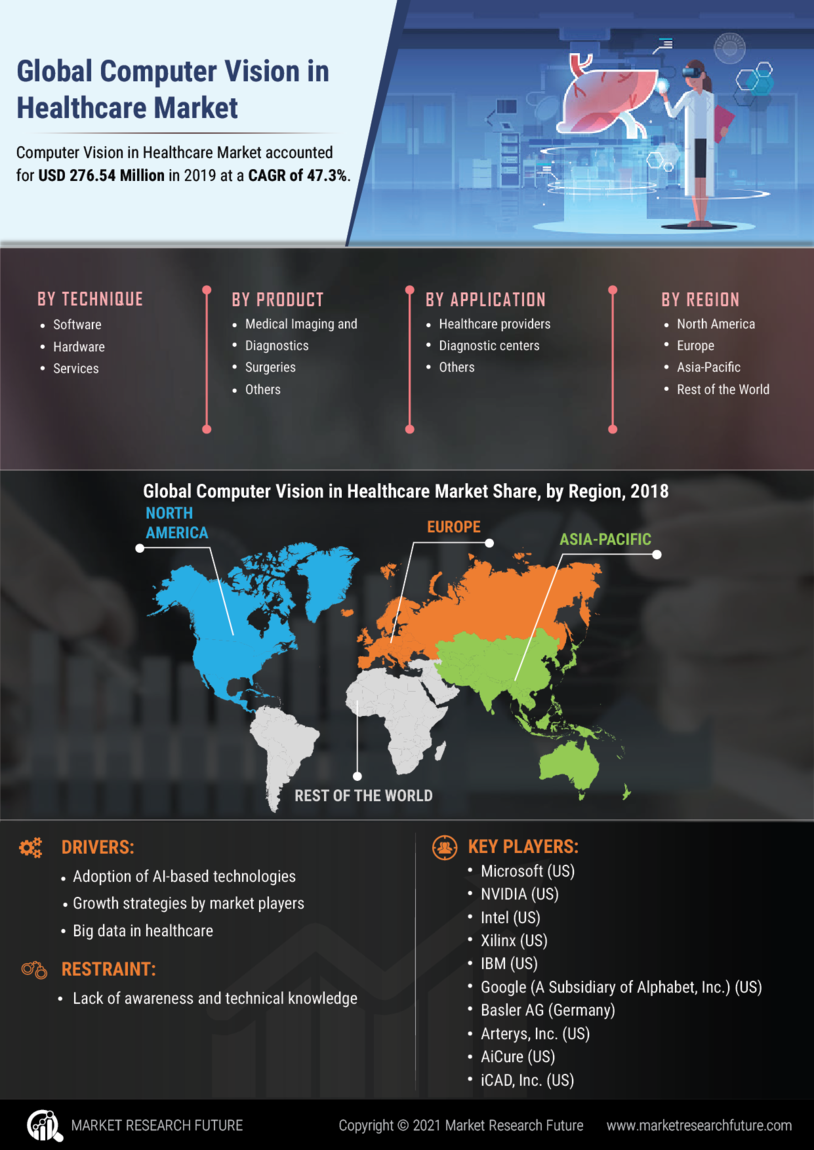

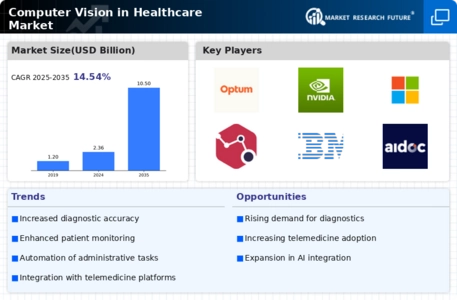

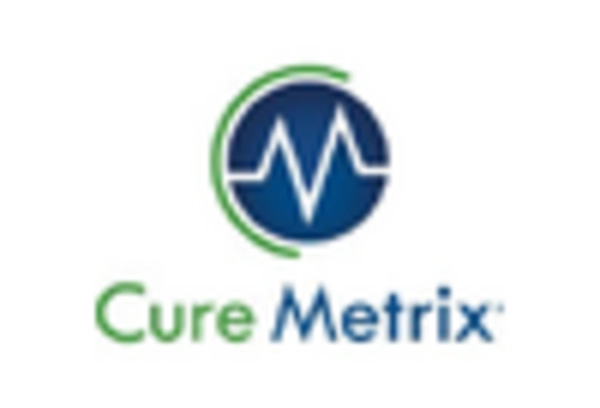
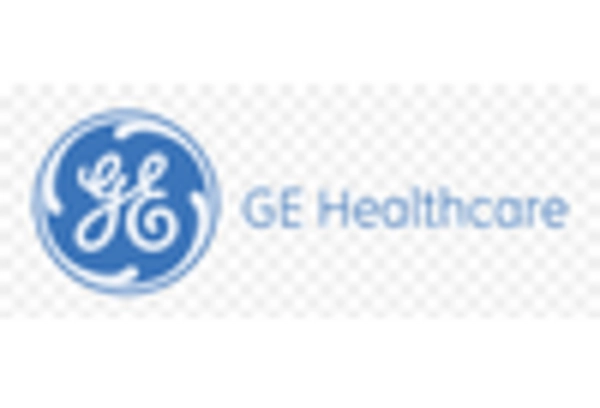
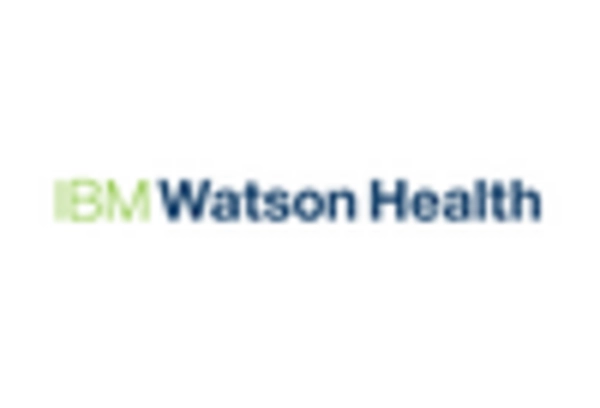
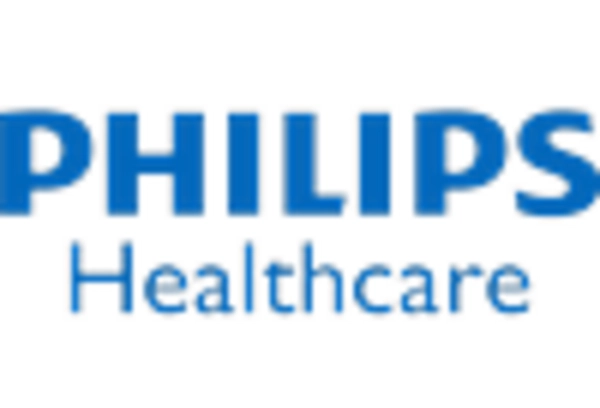
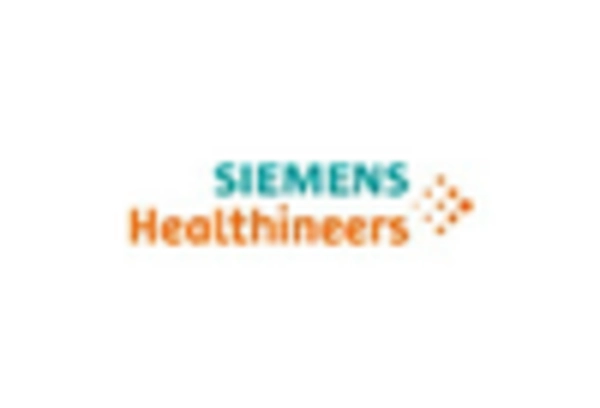









Leave a Comment